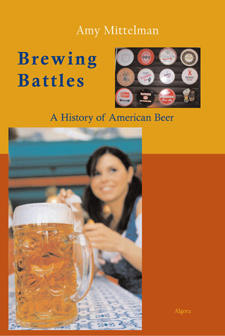“I think I was the first person ever to use the phrase, ‘beer style.’ The next thing was to try to define what they were, which lots of people have done since, but I think I was the first person. But then my focus became really to talk about, to try to describe the flavors of beer. When I was first writing on beer, nobody else was describing the flavors in beer. It’s very frustrating when you read old books on beer.”
– Michael Jackson, interviewed in All About Beer magazine in 1997.
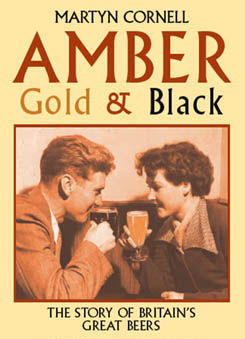 I went looking for this quote about the time I reached the fifth chapter, the one about stouts, in Martyn Cornell’s new book, “Amber, Gold and Black: The Story of Britain’s Great Beers.”
I went looking for this quote about the time I reached the fifth chapter, the one about stouts, in Martyn Cornell’s new book, “Amber, Gold and Black: The Story of Britain’s Great Beers.”
Although Cornell himself writes in the introduction that this is “the first book devoted solely to looking at the unique history of the different styles of beer produced in Britain” don’t mistake it as “just another book about styles.” No, it’s about beers, sometimes specifically what they tasted like and other times giving us some damn good leads. Most importantly, this book brings them to life in a manner I think Jackson would have approved of.
Cornell uses a nicely balanced combination of words mined from a dizzying number of sources and his known, cleverly mixed with delightful vintage illustrations (his first book, “Beer Memorabilia,” also belongs in your collection).
As Cornell showed with “The Story of the Pint,” he is a trustworthy historian. Yet this is not all about the past. He writes that the microbrewery boom in England has “helped bring in new styles such as golden ale and wood-aged beers.” It is an unapologetic “celebration of British beer in all its many beautiful shades and inspiring flavours.”
And it is specific to the UK (although it provides examples of how styles evolved as they were exported to other brewing nations), making it comfortably uncomprehensive. We don’t need another compleat guide to styles. Cornell passes on breadth to provide refreshing depth.
Certainly this book will be useful in starting, and one would hope settling, barstool arguments. As Cornell’s press release states, “Long-standing stories about beer, lovingly retold over pints by beer drinkers and brewers down the ages are comprehensively debunked in the book.”
Now to that fifth chapter. We find Charles Knight writing in 1851 about Guinness: “Its sub-acidity and soda-water briskness, when compared with the balmy character of London bottled stout from a crack brewery, are like the strained and shallow efforts of professed joke compared with the unctuous, full-bodied wit of Shakespere [sic].”
Then Cornell connects the dots by explaining the difference between London and Dublin stouts.
“Amber, Gold and Black” is available only in electronic form for a modest £5 (about $10 US). Not everybody seems keen on reading it on a computer screen. Personally I had no problem. My only complaint would be that it lacks an index.
Quite simply, this is both a terrific resource and a wonderful read. An index would make it easier to find just the right fact or phrase when you find yourself perched on a barstool, computer on your lap, pint in hand, ready to make an important point.
Need to know more? The Table of Contents is here.
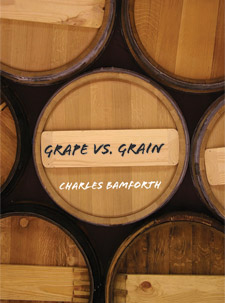
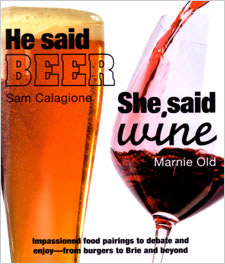
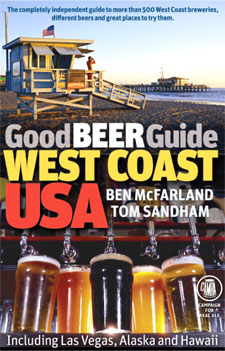
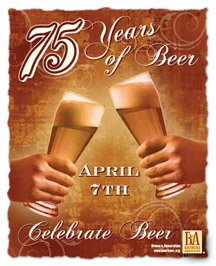 You’ve probably heard about this: Today is the 75th anniversary of when breweries could resume selling beer, although it was months later until Prohibition officially ended and full strength beer returned.
You’ve probably heard about this: Today is the 75th anniversary of when breweries could resume selling beer, although it was months later until Prohibition officially ended and full strength beer returned.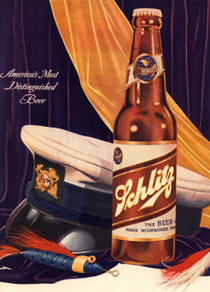 – Rumors
– Rumors 